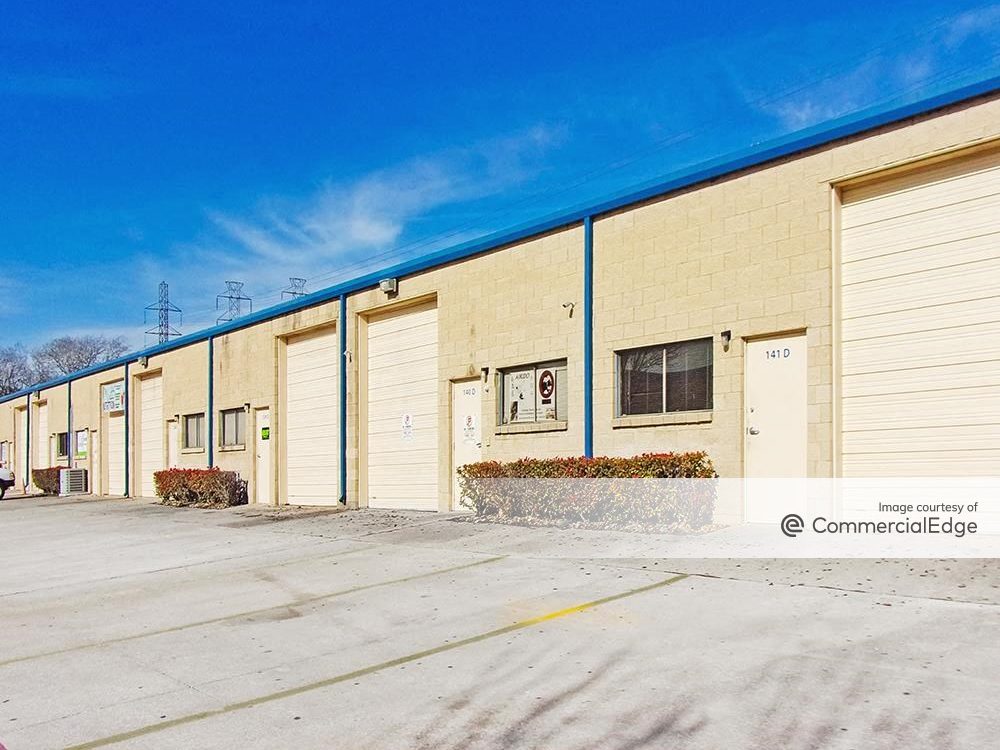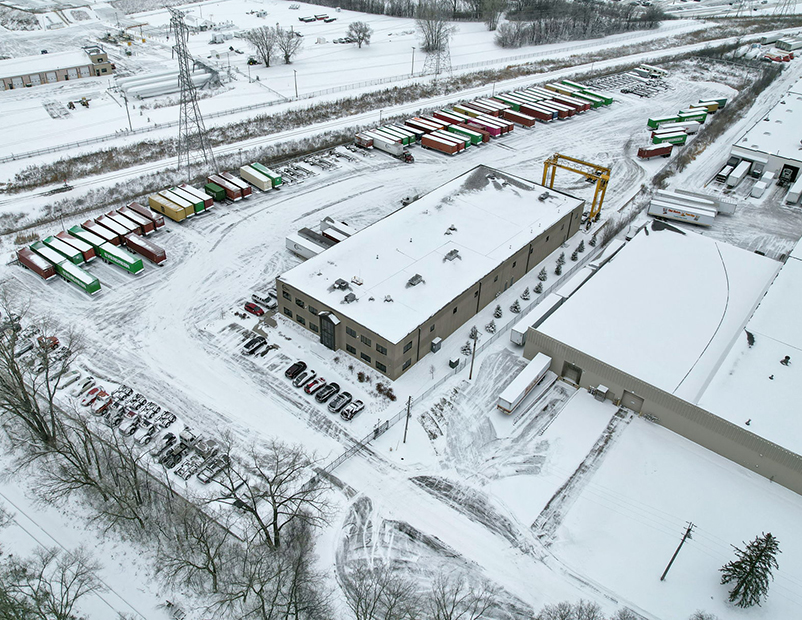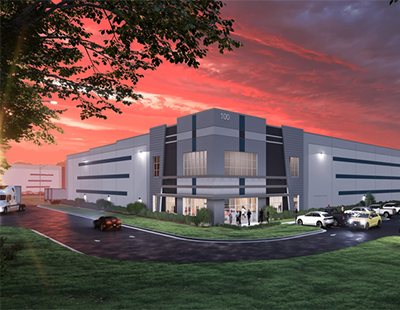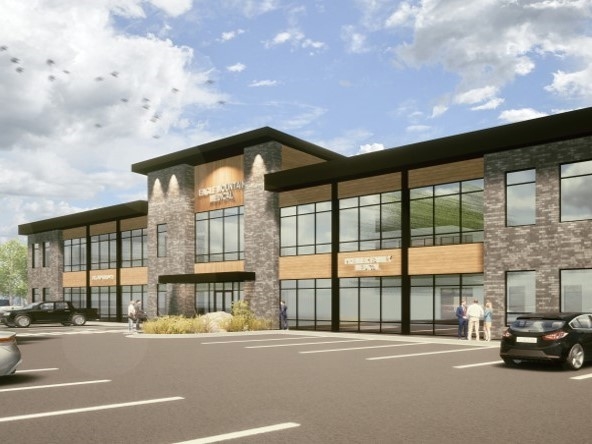What’s Next for the Self Storage Sector?
In the second installment of our 2021 outlook series, HPI’s Jonathan Vollinger offers insights on what shaped the self storage sector in 2020 and shares his expectations for the future.
Over the past decade, the self storage industry has grown in popularity and turned into a highly competitive sector. Thanks to its recession-resistant nature, the appetite for self storage has further increased during the pandemic. The storage industry has experienced considerable capital crossover from other real estate sectors, predominantly from multifamily and retail investors.
Jonathan Vollinger, director of acquisitions at HPI Real Estate, talks about the most impactful trends and challenges that have shaped the self storage industry in 2020 and shared his predictions for the year ahead. HPI’s self storage portfolio spans three states, including Texas, Florida and Nevada. The company plans to expand its footprint in these markets and will invest more than $125 million in self storage assets over the next 12 months.
What were your expectations for the self storage market at the beginning of the year? How has the coronavirus outbreak overthrown these expectations?
Vollinger: I think most in the industry expected to see a slowdown in 2020 as new supply continued to take its toll on rates. What we saw was strong leasing and an acquisition market that was as hot as ever. Self storage once again exhibited what’s become the asset’s calling card, its tendency to outperform other property types during economic downturns. This led to increased attention from institutional investors looking for a safe haven into more stable cash flows.
What were the main challenges COVID-19 imposed on the storage sector?
Vollinger: I’d say the biggest challenge was uncertainty. While the industry witnessed storage exceed expectations coming out of the Great Recession in 2008-2009, predicting the effects of a global pandemic was nearly impossible. Ultimately what we saw was a knee-jerk reaction by most operators, reducing rates heavily beginning in the spring in an effort to maintain occupancy. By the summer, it was evident that not only were occupancies holding but they were also up, at which point rates started to rebound, and operating fundamentals are arguably stronger now than they were a year ago.
What are some new trends that have emerged during 2020?
Vollinger: Technology and adaptability. Contactless rentals are becoming more popular. I think the ability to provide these types of amenities will accrue to the larger operators, creating an even more competitive advantage for the operators with scale.
HPI is based in Texas, where self storage was highly impacted by the development wave in 2018, leading to a significant oversupply across most markets in the state. How has the coronavirus helped restore the balance between supply and demand?
Vollinger: I don’t think it’s necessarily accurate to say the coronavirus has done anything to restore the balance of supply and demand. Not yet at least. We’re still working through that. It’s going to take longer than eight months to fix five to seven years of new supply. That said, inevitably many new projects will be shelved, so I think that in a couple of years most markets will reach equilibrium again and we’ll be able to look back and say that COVID-19 was certainly a catalyst in the recovery.
What’s your experience regarding supply and demand in other markets you have a presence in?
Vollinger: Being a Texas firm, HPI’s existing assets are concentrated in Texas markets, including Houston and San Antonio. These markets were early to the last development cycle, especially Houston due to its lack of zoning laws. Rates in these markets took a significant hit over the past few years, but we’re starting to see rates begin to rebound. With little development remaining in the pipeline in Texas markets, I expect they’ll be among the first to return to healthy levels of supply and demand.
READ ALSO: Self Storage Enjoys Pricing Power As Americans Continue to Relocate
Self storage has proved to be a recession-resistant asset class. Do you expect the sector’s resiliency to persist in 2021?
Vollinger: I expect it will. It’s tough to bet against it at this point. Self storage has again proven to fare well in most all economic conditions, so while I expect storage to maintain this reputation into 2021 and beyond, I do think we’ll continue to see owners and operators having to adapt in real-time.
What trends will define the self storage sector in 2021? What about challenges?
Vollinger: In 2021, we should see development pipelines continue to wane as owners and lenders get smarter. I think the biggest challenge in 2021 will be exercising restraint—storage performed well in 2020, relatively, so some will be tempted to push forward with new projects which should be scrapped. Despite occupancies holding throughout COVID-19, rates are still soft in most markets, and I anticipate another 18-24 months for markets to stabilize.
HPI has recently acquired a facility in South Florida, which is part of the company’s new investment fund. What markets are you targeting in 2021 and why?
Vollinger: In its second storage fund, which will focus on acquiring existing storage facilities, HPI will target assets in Texas, Florida, and Nevada. This strategy syncs well with our first storage fund, through which HPI developed 11 storage assets in those markets. We like these markets long term, as they have proven historically to be strong storage markets. These markets are also rebounding well from the supply shocks of the last development wave and continue to be high-growth markets benefiting from favorable population and job migration trends.
What are your top three predictions regarding the future of self storage investment?
Vollinger: Institutional investors will continue to allocate more capital to the asset class, and combined with low interest rates and other compelling debt terms, cap rates will remain at historical lows for the foreseeable future.
The largest operators will be best equipped to adapt and thus will continue to gain market share and widen the gap between themselves and the mom-and-pop operators.
We will see more certificate of occupancy and lease-up properties trade than in recent years. With so many groups flush with capital, these deals, although riskier, can be a good entry point and an opportunity to find value. Many owners chose not to sell in 2020 because leasing was strong, but should leasing stall in 2021, I think many of these properties become ripe for acquisition by well-capitalized investors willing to bet on those assets long term.









You must be logged in to post a comment.